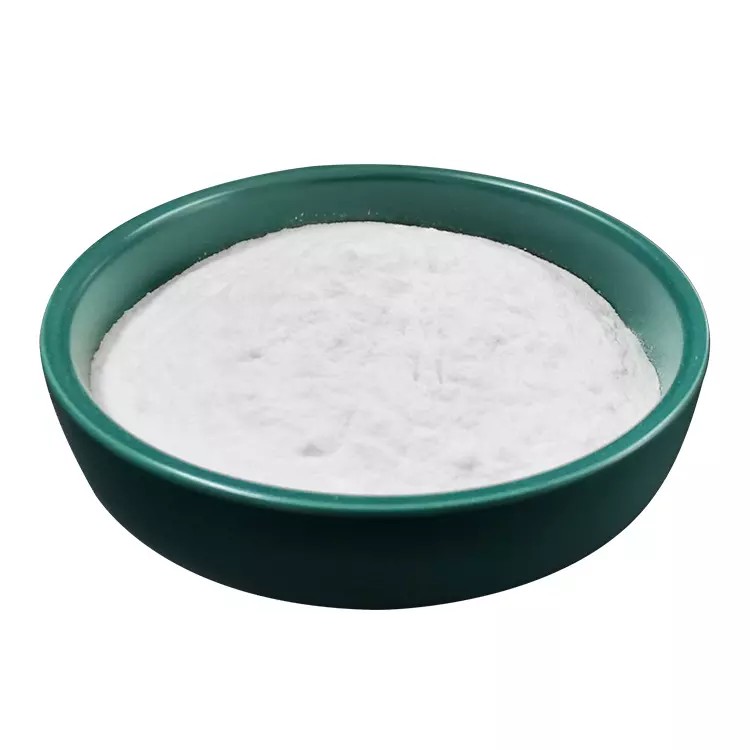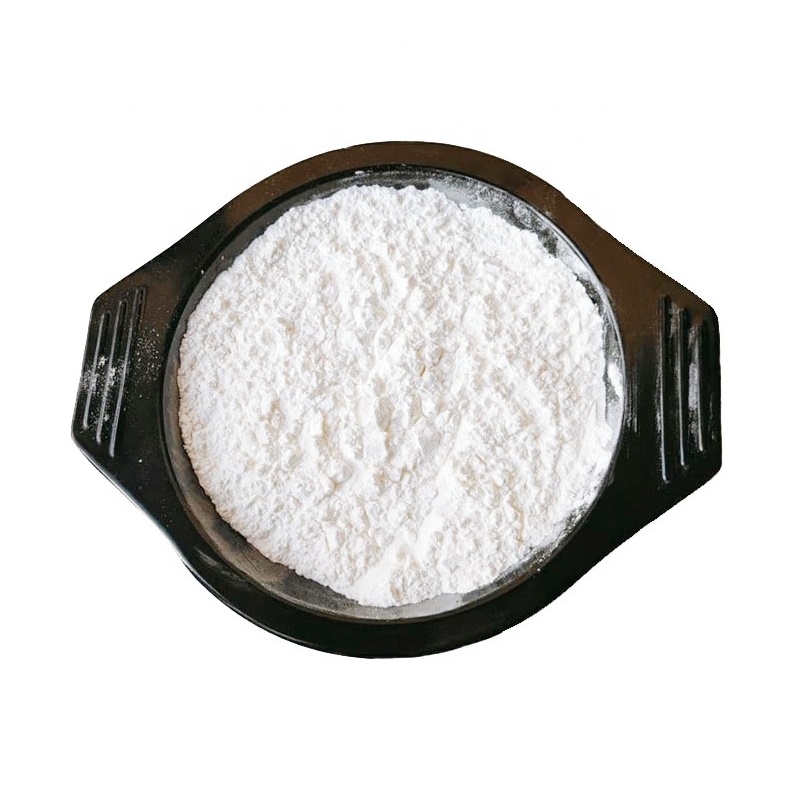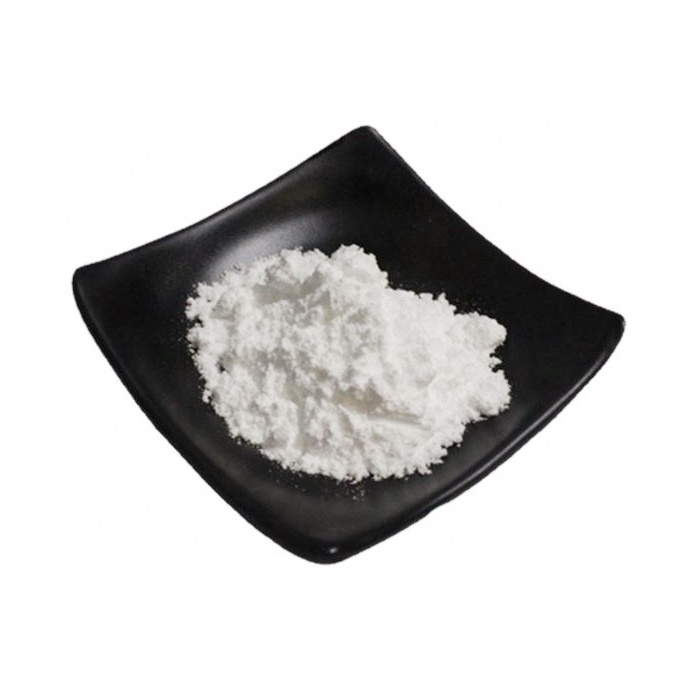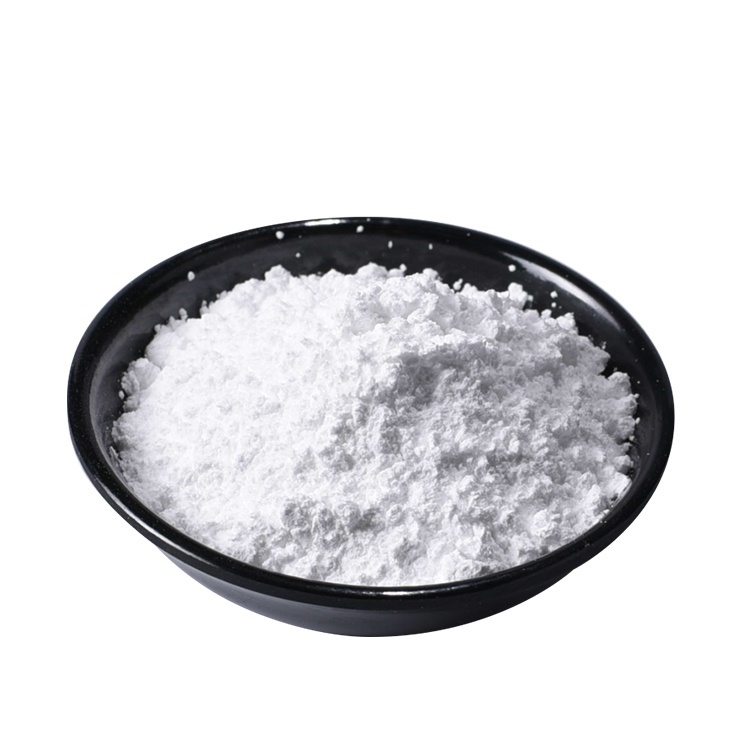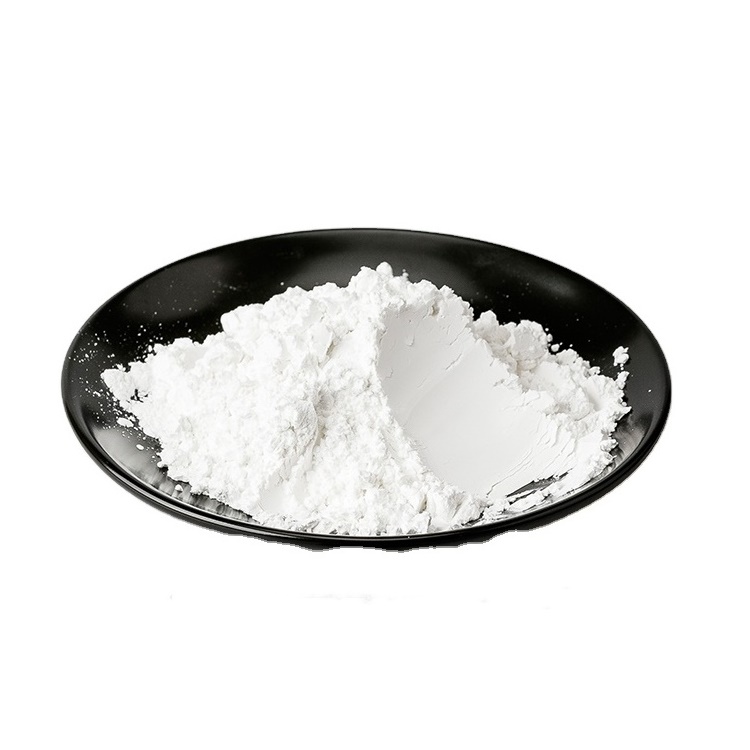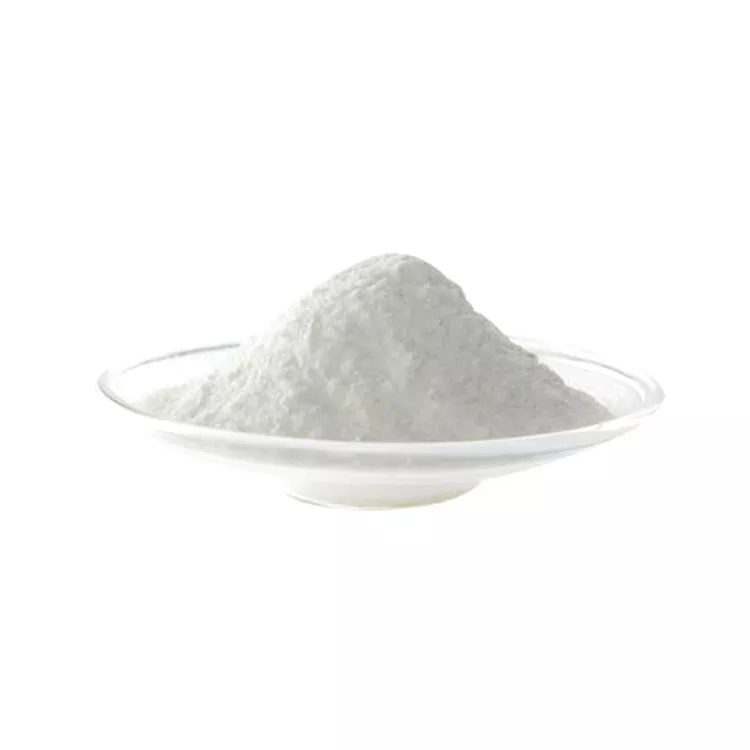

Etamsylate CAS 2624-44-4
——————
CAS number : 2624-44-4
molecular formula : C10H17NO5S
EINECS : 220-090-7
——————
Email : info@deshangchem.com
Mobile : +86-13153039501
TEL : +86-531-88752665
CAS number:2624-44-4
molecular formula:C10H17NO5S
molecular weight:263.31
EINECS number:220-090-7
English synonyms
altodor;e141;eselin;md141;2,5-dihydroxy-benzenesulfonicacicompd.withdiethylamine;2,5-dihydroxy-benzenesulfonicacicompd.withn-ethylethanamine(1:1);2,5-dihydroxybenzenesulfonicacidcompd.withn-ethylethanamine;2,5-DihydroxybenzenesulfonicacidcompdwithN-ethylethanamine
Related categories
Organic chemical raw materials; Raw material intermediates-APIs; Pharmaceutical intermediates; Chemical raw materials; Pharmaceutical raw materials; Small molecule inhibitors; Chemical raw materials; Veterinary raw materials; Feed additives; APIs; Veterinary Drugs; Veterinary Drugs; Powders; Pharmaceutical Raw Materials - Scientific Research Raw Materials; Pharmaceutical Veterinary Drugs; Chemical Products - Organic Chemicals; Chemical Raw Materials - Raw Materials; Prevention; Veterinary Drug Raw Materials; Raw Materials; Medical Raw Materials; Pharmaceutical Raw Materials; Amines; & Fine Chemicals;Pharmaceuticals;Sulfur & Selenium Compounds;Other APIs;For the prevention and treatment of bleeding before surgery, but for intestinal bleeding, bleeding and urinary tract bleeding, etc;API;cardiovascular;chemical materials;chemical raw materials;pharmaceuticals , pesticides and dye intermediates; API/intermediates; chemical reagents; other categories; chemical intermediates - chemical raw materials; animal raw materials; cells - cell lines; chemical raw materials; chemical intermediates; industrialization
Introduction
Etamine, also known as hemostasis, has a chemical name of 2,5-dihydroxybenzenesulfonic acid diethylamine salt, and it works by promoting the blood coagulation process. It can increase the number of platelets in the blood, enhance their aggregation and adhesion, and promote the release of coagulation substances to accelerate blood coagulation. It is clinically used to prevent and treat excessive surgical bleeding, thrombocytopenic purpura or allergic purpura and bleeding caused by other reasons.
Chemical properties
| Melting point | 125° |
| Density | 1.3441 (rough estimate) |
| Refractive index | 1.5060 (estimate) |
| Storage conditions | Keep in dark place,Inert atmosphere,Room temperature |
| Solubility | Very soluble in water, freely soluble in methanol, soluble in anhydrous ethanol, practically insoluble in methylene chloride. |
| Shape | neat |
| Color | White to Pale Red |
Merck | 14,3722 |
| Stability | Hygroscopic |
InChIKey | HBGOLJKPSFNJSD-UHFFFAOYSA-N |
| CAS database | 2624-44-4(CAS DataBase Reference) |
White crystalline powder. Melting point 125°C (127-131°C). Soluble in water, soluble in ethanol, slightly soluble in acetone, insoluble in chloroform and ether. It is hygroscopic and easy to deteriorate when exposed to light. Odorless, bitter taste.
Use
● This product can increase the number, aggregation and adhesion of platelets, and promote the release of coagulation active substances from platelets. It can also accelerate the contraction of blood clots, shorten the coagulation time, enhance the resistance of capillaries, and reduce the permeability of capillaries. For the prevention and treatment of bleeding before surgery. It is also used for bleeding caused by platelet insufficiency or other reasons, such as gastrointestinal bleeding, cerebral hemorrhage and urinary tract bleeding. Rat intravenous injection LD50 is 800-1350 mg/kg.
● It is used to prevent and treat bleeding before surgery, and is also used for intestinal bleeding, cerebral hemorrhage and urinary tract bleeding, etc.
Production method
● It is derived from the addition of diethylamine with sulfur dioxide and p-benzoquinone. Add diethylamine, ethanol and water into the reaction pot, cool to 0°C, feed sulfur dioxide until the pH of the reaction solution is 3.5-4, and control the reaction temperature below 10°C to obtain diethylamine sulfite solution. Then, slowly add p-benzoquinone at 0-10°C. After addition, ethanol was recovered under reduced pressure, crystallized by cooling, and filtered. Add distilled water to heat and dissolve the crystals, decolorize and refine with activated carbon to obtain the finished product of phensulfame.
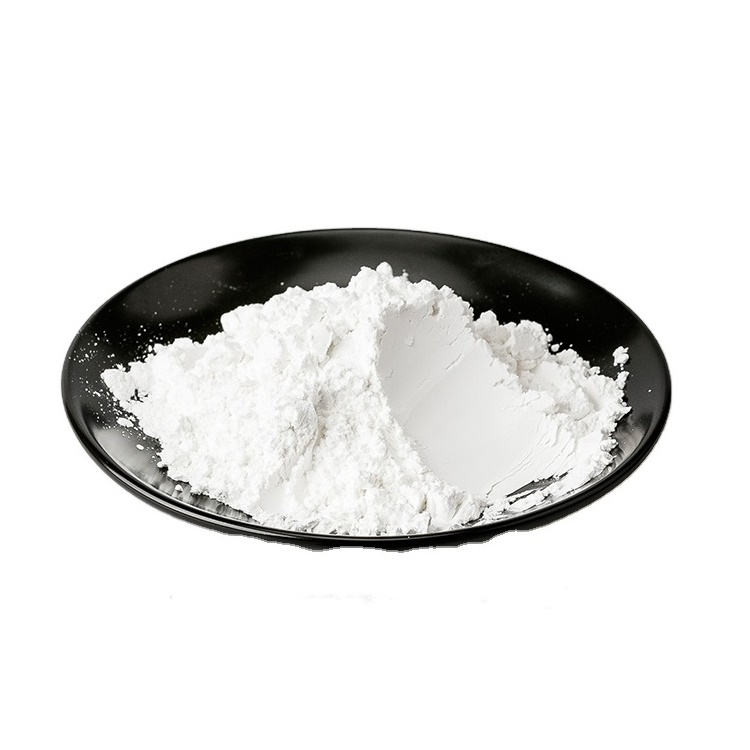
Etamsylate CAS 2624-44-4
CAS number:2624-44-4
molecular formula:C10H17NO5S
molecular weight:263.31
EINECS number:220-090-7
English synonyms
altodor;e141;eselin;md141;2,5-dihydroxy-benzenesulfonicacicompd.withdiethylamine;2,5-dihydroxy-benzenesulfonicacicompd.withn-ethylethanamine(1:1);2,5-dihydroxybenzenesulfonicacidcompd.withn-ethylethanamine;2,5-DihydroxybenzenesulfonicacidcompdwithN-ethylethanamine
Related categories
Organic chemical raw materials; Raw material intermediates-APIs; Pharmaceutical intermediates; Chemical raw materials; Pharmaceutical raw materials; Small molecule inhibitors; Chemical raw materials; Veterinary raw materials; Feed additives; APIs; Veterinary Drugs; Veterinary Drugs; Powders; Pharmaceutical Raw Materials - Scientific Research Raw Materials; Pharmaceutical Veterinary Drugs; Chemical Products - Organic Chemicals; Chemical Raw Materials - Raw Materials; Prevention; Veterinary Drug Raw Materials; Raw Materials; Medical Raw Materials; Pharmaceutical Raw Materials; Amines; & Fine Chemicals;Pharmaceuticals;Sulfur & Selenium Compounds;Other APIs;For the prevention and treatment of bleeding before surgery, but for intestinal bleeding, bleeding and urinary tract bleeding, etc;API;cardiovascular;chemical materials;chemical raw materials;pharmaceuticals , pesticides and dye intermediates; API/intermediates; chemical reagents; other categories; chemical intermediates - chemical raw materials; animal raw materials; cells - cell lines; chemical raw materials; chemical intermediates; industrialization
Introduction
Etamine, also known as hemostasis, has a chemical name of 2,5-dihydroxybenzenesulfonic acid diethylamine salt, and it works by promoting the blood coagulation process. It can increase the number of platelets in the blood, enhance their aggregation and adhesion, and promote the release of coagulation substances to accelerate blood coagulation. It is clinically used to prevent and treat excessive surgical bleeding, thrombocytopenic purpura or allergic purpura and bleeding caused by other reasons.
Chemical properties
| Melting point | 125° |
| Density | 1.3441 (rough estimate) |
| Refractive index | 1.5060 (estimate) |
| Storage conditions | Keep in dark place,Inert atmosphere,Room temperature |
| Solubility | Very soluble in water, freely soluble in methanol, soluble in anhydrous ethanol, practically insoluble in methylene chloride. |
| Shape | neat |
| Color | White to Pale Red |
Merck | 14,3722 |
| Stability | Hygroscopic |
InChIKey | HBGOLJKPSFNJSD-UHFFFAOYSA-N |
| CAS database | 2624-44-4(CAS DataBase Reference) |
White crystalline powder. Melting point 125°C (127-131°C). Soluble in water, soluble in ethanol, slightly soluble in acetone, insoluble in chloroform and ether. It is hygroscopic and easy to deteriorate when exposed to light. Odorless, bitter taste.
Use
● This product can increase the number, aggregation and adhesion of platelets, and promote the release of coagulation active substances from platelets. It can also accelerate the contraction of blood clots, shorten the coagulation time, enhance the resistance of capillaries, and reduce the permeability of capillaries. For the prevention and treatment of bleeding before surgery. It is also used for bleeding caused by platelet insufficiency or other reasons, such as gastrointestinal bleeding, cerebral hemorrhage and urinary tract bleeding. Rat intravenous injection LD50 is 800-1350 mg/kg.
● It is used to prevent and treat bleeding before surgery, and is also used for intestinal bleeding, cerebral hemorrhage and urinary tract bleeding, etc.
Production method
● It is derived from the addition of diethylamine with sulfur dioxide and p-benzoquinone. Add diethylamine, ethanol and water into the reaction pot, cool to 0°C, feed sulfur dioxide until the pH of the reaction solution is 3.5-4, and control the reaction temperature below 10°C to obtain diethylamine sulfite solution. Then, slowly add p-benzoquinone at 0-10°C. After addition, ethanol was recovered under reduced pressure, crystallized by cooling, and filtered. Add distilled water to heat and dissolve the crystals, decolorize and refine with activated carbon to obtain the finished product of phensulfame.
Team Presentation

